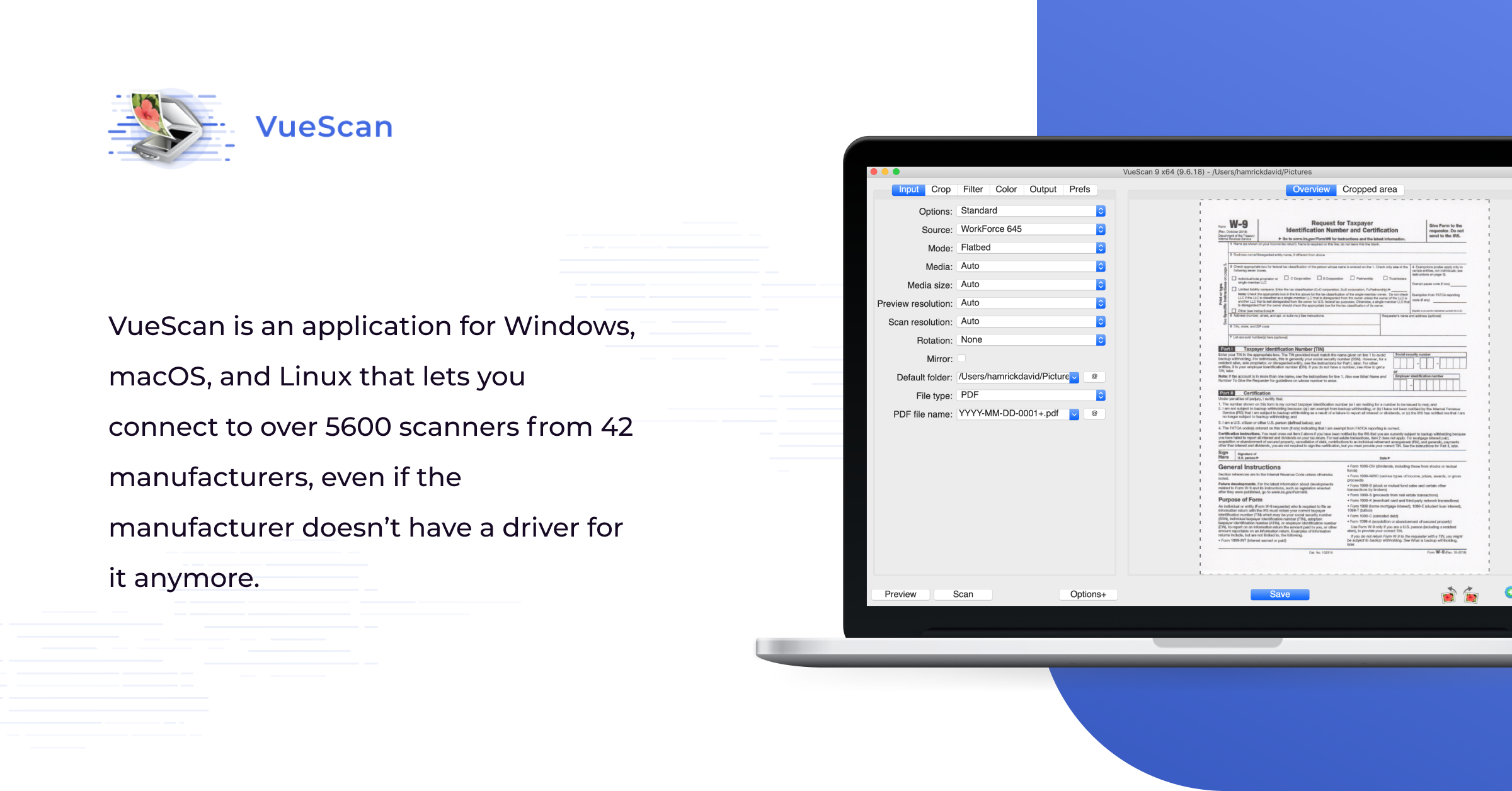Resquid Mac OS

Start up from macOS Recovery
Determine whether you're using a Mac with Apple silicon, then follow the appropriate steps:
Apple silicon
RELATED: 8 Mac System Features You Can Access in Recovery Mode. Your Mac’s Recovery Mode is a treasure trove of useful tools, and it’s the easiest way to wipe your computer and start from scratch. Shut down your Mac, turn it on while holding down Command+R. Your Mac will boot into the recovery partition. The maximum version of Mac OS X, OS X, or macOS supported by each G3 and later Mac follows. For complete specs on a particular system, click the name of the Mac. For all Macs that are compatible with a specifc maximum supported version of Mac OS X - courtesy of EveryMac.com's Ultimate Mac Sort - click the OS of interest.
Mac Os Versions
Turn on your Mac and continue to press and hold the power button until you see the startup options window. Click the gear icon labeled Options, then click Continue.
Intel processor
Make sure that your Mac has a connection to the internet. Then turn on your Mac and immediately press and hold Command (⌘)-R until you see an Apple logo or other image. Caesars slots bonus.
Redsquid Mac Os Catalina
If you're asked to select a user you know the password for, select the user, click Next, then enter their administrator password.

Reinstall macOS
Select Reinstall macOS from the utilities window in macOS Recovery, then click Continue and follow the onscreen instructions.
Follow these guidelines during installation:
Mac Os Mojave
- If the installer asks to unlock your disk, enter the password you use to log in to your Mac.
- If the installer doesn't see your disk, or it says that it can't install on your computer or volume, you might need to erase your disk first.
- If the installer offers you the choice between installing on Macintosh HD or Macintosh HD - Data, choose Macintosh HD.
- Allow installation to complete without putting your Mac to sleep or closing its lid. Your Mac might restart and show a progress bar several times, and the screen might be empty for minutes at a time.
After installation is complete, your Mac might restart to a setup assistant. If you're selling, trading in, or giving away your Mac, press Command-Q to quit the assistant without completing setup. Then click Shut Down. When the new owner starts up the Mac, they can use their own information to complete setup.
Other macOS installation options
When you install macOS from Recovery, you get the current version of the most recently installed macOS, with some exceptions:
Resquid Mac Os X
- On an Intel-based Mac: If you use Shift-Option-Command-R during startup, you're offered the macOS that came with your Mac, or the closest version still available. If you use Option-Command-R during startup, in most cases you're offered the latest macOS that is compatible with your Mac. Otherwise you're offered the macOS that came with your Mac, or the closest version still available.
- If the Mac logic board was just replaced, you may be offered only the latest macOS that is compatible with your Mac. If you just erased your entire startup disk, you may be offered only the macOS that came with your Mac, or the closest version still available.
You can also use these methods to install macOS, if the macOS is compatible with your Mac: How to format with mac.
- Use the App Store to download and install the latest macOS.
- Use the App Store or a web browser to download and install an earlier macOS.
- Use a USB flash drive or other secondary volume to create a bootable installer.
The official procedure - Article #10182 - Rebuilding Desktop File
The procedure I use.. To rebuild the desktop safely, restart - immediately hold down the Shift key until you get the 'Extensions Off' message; then release Shift and hold down the Command and Option keys until you get the splash screen asking if you want to rebuild the desktop; click yes (or okay). Once that's done, restart to turn your extensions back on.
<hr>
The label that heads each column in Extensions Manager is actually a button. For most of the columns, it allows changing the sorting criterium - for example, if you click the 'Package' button, it will sort the items by the info in the package column, handy for when trying to locate all items that came with a ceretain package.
The label atop the leftmost column is named 'On/Off' - clicking that will turn all items on or off; you may need to click it twice to get to the status you want. Note, though, that after rebuilding you would then need to return all items to their original status one by one, manually - not a fun thing to do.
You can create a text file of what is on and what is off by selecting the Save Set as Text item in the File menu, and use it as a guide to turn selected items back on.
Or, create a special set just for rebuilding - click the Duplicate Set button, name the new set something appropriate, make sure it is active, then disable all the ones you want to be off during desktop rebuilding. Then all you need do is switch to that set, restart and rebuild the desktop, then switch back to your regular set and restart again.
Since I'm a lazy person, I prefer to just start up with Extensions Off using the Shift key - does what I need with no messing with individual extensions.
Resquid Mac Os Update
Jan 18, 2007 8:25 AM